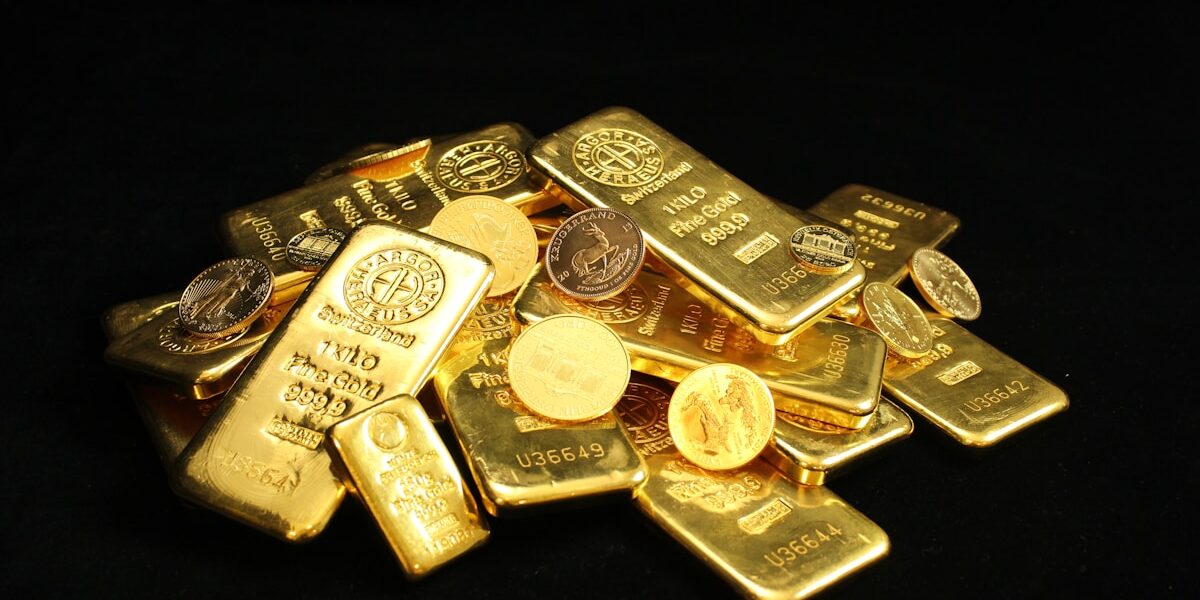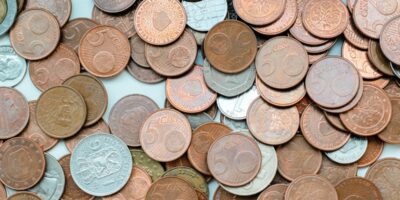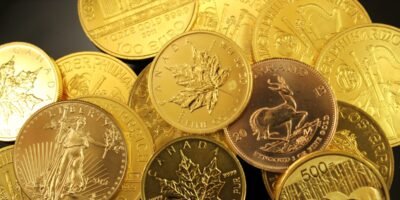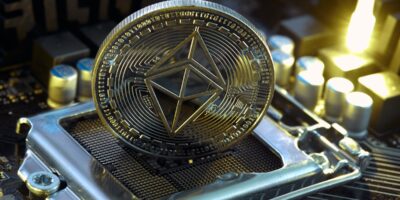The Most Expensive Quarter: Understanding Its Value and History
Quarters are among the most commonly used coins in the United States. Yet, not all quarters are created equal. Some are minted in millions, serving their purpose in daily transactions. Others become coveted items among collectors, fetching thousands of dollars. This piece delves into the fascinating world of numismatics, focusing on the most expensive quarters.
The 1796 Draped Bust Quarter

The first quarters minted in the U.S. make a good starting point. The 1796 Draped Bust quarter is historically significant and highly valuable. Designed by Robert Scot, it features Lady Liberty on the obverse and an eagle on the reverse. Only 6,146 of these coins were produced. A mere fraction exists today.
The coin represents an era and the challenges of early American minting. It marks the U.S. Mint’s initial efforts in coin production. As a result, it’s highly prized among collectors. Prices for this quarter can reach hundreds of thousands of dollars in auction settings.
The 1823/2 Overdate Quarter
Minting errors can sometimes create valuable coins. The 1823/2 overdate quarter is a prime example. This quarter features a noticeable overdate error, where a ‘3’ is stamped over a ‘2’. Such errors occurred due to manual processes used in early minting.
This specific overdate is rare. Only a few are known to exist. When one goes up for sale, expect high bids from collectors. In recent years, one such quarter sold for over $100,000.
The 1870-CC Liberty Seated Quarter
The Carson City Mint produced fewer coins compared to other U.S. mints, increasing their value. The 1870-CC Liberty Seated quarter is rare not just because of its limited mintage but also due to historical reasons. Many original pieces have been lost or melted down over time.
Collectors hunt for pieces in the best condition. One that was graded in good condition sold for over $150,000. That price reflects its rarity and collector’s desire to own a tangible piece of American history.
The 1901-S Barber Quarter
Known for its limited mintage, the 1901-S Barber quarter stands out among its contemporaries. This San Francisco-minted coin had a production run of only 72,664 pieces. Finding one in good condition is a daunting task for collectors.
Prices for a 1901-S can easily reach into six figures. The condition of the coin heavily influences its worth. A well-preserved piece fetched over $550,000 in an auction a few years ago, highlighting its desirability.
The 1927-S Standing Liberty Quarter
Although not as old as some, the 1927-S Standing Liberty quarter is a key date in the series. Low mintage coupled with poor preservation rates makes it rare. As time goes on, these quarters in good condition become even scarcer.
An uncirculated 1927-S can command high prices at auction. In one recent case, such a coin sold for nearly $75,000. This reflects both its rarity and the competitive nature of collecting coins from this era.
1965 Washington Quarter (Silver Blanket)
In 1965, the U.S. Mint transitioned from silver to nickel-clad quarters. However, a few slipped into circulation using the old silver planchets. These error coins are incredibly rare and highly sought after. They represent an unusual moment in minting history.
The silver planchet 1965 quarter can sell for tens of thousands of dollars. Its value stems from being both a transitional error and from its rarity. Collectors prize such anomalies that mark significant changes in minting processes.
Factors Influencing a Quarter’s Value
The value of a quarter comes down to several factors. Rarity is the primary driver. A limited mintage or surviving number of coins increases demand. Historical significance also plays a role. Coins from pivotal moments in history or featuring design changes may fetch higher prices.
Condition or grading is crucial. Mint state or uncirculated coins will always be worth more. Professional grading can solidify a coin’s value in the collector’s market. Lastly, the presence of errors or unique markers can spike interest and prices.
Why Collectors Are Drawn to Quarters
Quarters make for an engaging collecting field. They are varied, with many designs and historical markers. From the intricate work of early examples to modern innovations, they provide insight into numismatic artistry.
The challenge of finding rare quarters fuels many collectors’ passions. Completing a series or finding a high-grade rarity offers a sense of achievement. It’s this mix of historical appeal and the thrill of the hunt that keeps collectors engaged.
The Role of Auctions in Determining Value
Public auctions have become central in assessing a coin’s market value. Prestigious auction houses often host coin auctions, drawing interest from serious investors. Here, historical coins like the ones mentioned can be bid on, sometimes reaching unexpected figures.
These auctions also help in maintaining and setting the market standards. A high auction sale price can increase demand and perceived value. Conversely, understanding auction trends can help collectors make informed buying or selling decisions.
The Future of Rare Quarters
The market for rare quarters remains robust. As time progresses, the scarcity of these coins is likely to increase. Continued interest in historical and error coins will keep values strong. The numismatic community continues to grow, with new enthusiasts learning about and investing in rare coins.
The digital age aids collectors in identifying and trading rare pieces. Online platforms expand access, enhancing market dynamics. Nevertheless, the thrill of owning a rare quarter will always hold a fascination for those passionate about numismatics.
Recommended Collecting Supplies
Coin Collection Book Holder Album – $9.99
312 pockets for coins of all sizes.
20x Magnifier Jewelry Loupe – $13.99
Essential tool for examining coins and stamps.
As an Amazon Associate, we earn from qualifying purchases.




Subscribe for Updates
Get the latest articles delivered to your inbox.
We respect your privacy. Unsubscribe anytime.